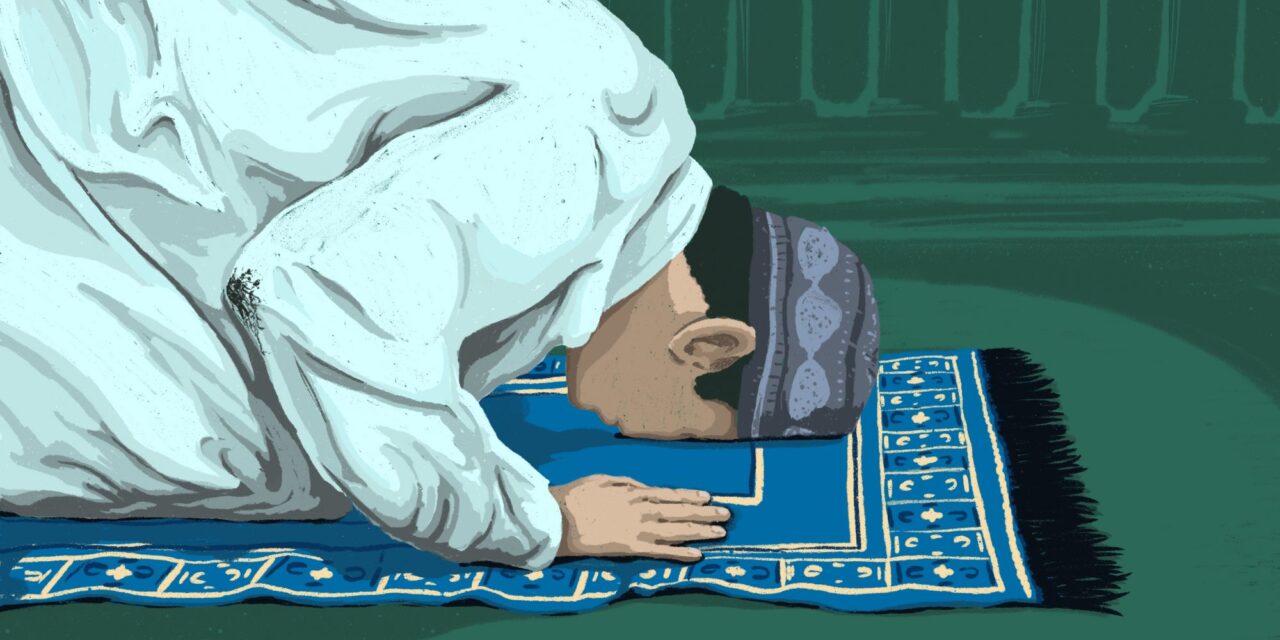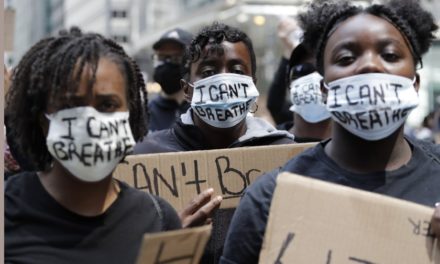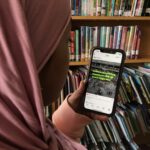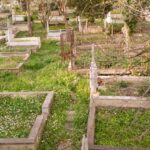International Mission Board
A study of attitudes of Non-Muslims who live in proximity to Muslims in Sydney and Melbourne found they are less likely to mistrust Muslims and are more likely to be tolerant of difference.
Non-Muslims who shared neighbourhood spaces with Muslims are less likely to express Islamophobic views, a study by RMIT University has found.
The study is part of stage 3 of a larger project focused on “Islamophobia and Neighbourhood Experience” funded by the Government of Australia’s Commonwealth Department of Social Services (DSS) through the Strong and Resilient Communities (SARC) National Research Grants program.
Islamophobia is defined in the study as “indiscriminate negative attitudes or emotions directed at Islam or Muslims” while neighbourhood experience is a “composite of elements included in the concepts of social capital, local participation and satisfaction with one’s suburbs”.
Among the central research questions of the study was to examine the relationships between neighbourhood experience and Islamophobia.
The findings were drawn upon data from a survey of 1,020 people – half of which were targeted in the ten suburbs with the highest concentration of Muslims in Sydney and Melbourne, and the other half in the greater metropolitan areas of the two cities.
Respondents were given a series of statements that included, “the number of Muslims in Australia is too high,” “I dislike seeing Muslim women with their hair covered,” “I would be opposed to a new mosque being built in my local area” and “I am worried about Muslims forming enclaves in Sydney and Melbourne”.
They were asked to agree or disagree with such statements on a five-point scale, which produced an “Islamophobia score” from one (no prejudice) to five (high prejudice).
The survey data analysis revealed a number of interesting findings.
Among non-Muslims in Sydney and Melbourne, Islamophobia was significantly lower in suburbs with a high proportion of Muslim Australians – such as Lakemba in New South Wales, where Muslims make up 59 percent of residents, or Dandenong, Victoria, where they are 30 percent – than the general populations of both cities, scoring 2.31 compared to 2.80.
Respondents who professed no religion or other (non-Islam) religions displayed less Islamophobia than those who identified as Christian, with non-religious respondents scoring 2.48 versus 2.77 of Christian respondents in both metro and target areas.
Age and education were important indicators. Those aged 18 to 34 had a lesser Islamophobic score (2.32) than those over 65 did (2.80), and those who were university educated scored 2.47 compared to 2.90 for those with only ten years of schooling.
Socio-economic factors were meaningful too. Data showed that occupations associated with higher levels of education tend to be associated with lower Islamophobia, with a statistically significant difference between managers (1.97) and those in sales, laboring or machinery operator positions (2.57).
Satisfaction with income was a stronger predictor of Islamophobia than income levels itself, with those stating that they were “comfortable” (2.49) with their incomes displaying lower scores of prejudice than those who stated they were “struggling” (2.86).
Meanwhile, respondents from Sydney (2.18) were found to be less Islamophobic than their Melbourne counterparts (2.32), likely due to the fact that Muslims are more concentrated in Sydney suburbs than in Melbourne suburbs, where they are much more dispersed.
Overall, the survey’s findings strengthen the evidence of what is known as “contact theory,” which proposes that usually, but not always, contact between people of different backgrounds reduces prejudice between groups.
This is in contrast to “threat theory,” which holds that encounters between individuals from different groups may, in certain instances, increase feelings of anxiety and threat perception.
The study points out that prior evidence on contact and threat theories in neighbourhoods where minority Muslims share spaces with non-Muslims has been mixed, citing a recent UK study that confirms the contact theory hypothesis but a similar Dutch study that revealed the opposite.
Muslims make up 2.6 percent of the total Australian population, over 600,000 according to the last census in 2016. About three-quarters live in Sydney and Melbourne.
Representations of Muslims in Australian media coverage have often been negative and contribute to Islamophobic discourse, as studies have shown. There have been examples of elected officials whipping up fear of Muslims to peddle xenophobic rhetoric.
The 2019 Islamophobia in Australia report highlights that Muslims continue to be targets of hostility and violence.














